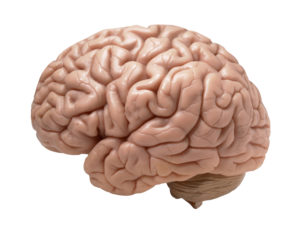 Great news for individuals with lower back pain. Which is a lot of us. A recent study found that the simple act of walking helps with prevention of low back pain episodes!
Great news for individuals with lower back pain. Which is a lot of us. A recent study found that the simple act of walking helps with prevention of low back pain episodes!
In the study, persons who had recently recovered from an episode of lower back pain were randomly assigned either to 1) an individualized and progressive walking intervention, along with 6 sessions with a physical therapist over a 6 month period (to discuss the walking) or to 2) a no treatment control group. Afterwards, the walking group took an a median of 208 days until their next activity-limiting episode of lower back pain, while the control (no walking) group took a median of 112 days.
In other words, walking regularly resulted in going twice as long until the next occurrence of low back pain compared to non-walkers. They also had fewer occurrences of activity limiting low back pain episodes. Note that these were individuals (43 to 66 years) who had a history of low back pain episodes
How much did they walk? The walkers kept a walking diary, with the median 80 minutes of walking in week 1, which increased to 130 minutes by week 12. They walked a median of 3 times in week one, which increased to 4 times in week 12.
From Science Daily: Walking brings huge benefits for low back pain
Adults with a history of low back pain went nearly twice as long without a recurrence of their back pain if they walked regularly, a world-first study has found. ...continue reading "Walking Helps Prevent Low Back Pain Episodes"

 A recent large Swedish
A recent large Swedish  Erectile dysfunction is a serious problem for many men, especially as they get older. A
Erectile dysfunction is a serious problem for many men, especially as they get older. A  We've known for a while that exercise and physical activity lower the risk of developing heart disease. It turns out that a good exercise that many of us do in the course of ordinary life is walking up and down stairs. Yes, that counts!
We've known for a while that exercise and physical activity lower the risk of developing heart disease. It turns out that a good exercise that many of us do in the course of ordinary life is walking up and down stairs. Yes, that counts! There is tremendous interest in how to live a long and healthy life. This means trying to avoid getting diseases that so many suffer from as they age, such as diabetes, heart disease, and dementia. What diets are best? What kind of lifestyle?
There is tremendous interest in how to live a long and healthy life. This means trying to avoid getting diseases that so many suffer from as they age, such as diabetes, heart disease, and dementia. What diets are best? What kind of lifestyle? There has been tremendous interest in the past decade over the best diet and lifestyle for aging well and living to a ripe old age. Author Dan Buettner has spent much of the past decade visiting communities around the world where there are many residents who live to 100 years or more, and in good health. He calls these communities blue zones.
There has been tremendous interest in the past decade over the best diet and lifestyle for aging well and living to a ripe old age. Author Dan Buettner has spent much of the past decade visiting communities around the world where there are many residents who live to 100 years or more, and in good health. He calls these communities blue zones. Could this be another paradigm shift in medical care? This time it's substituting a non-surgical approach vs the current surgical approach for ACL ruptures.
Could this be another paradigm shift in medical care? This time it's substituting a non-surgical approach vs the current surgical approach for ACL ruptures. Another study was just published with results that may motivate us to go outside more. A small
Another study was just published with results that may motivate us to go outside more. A small